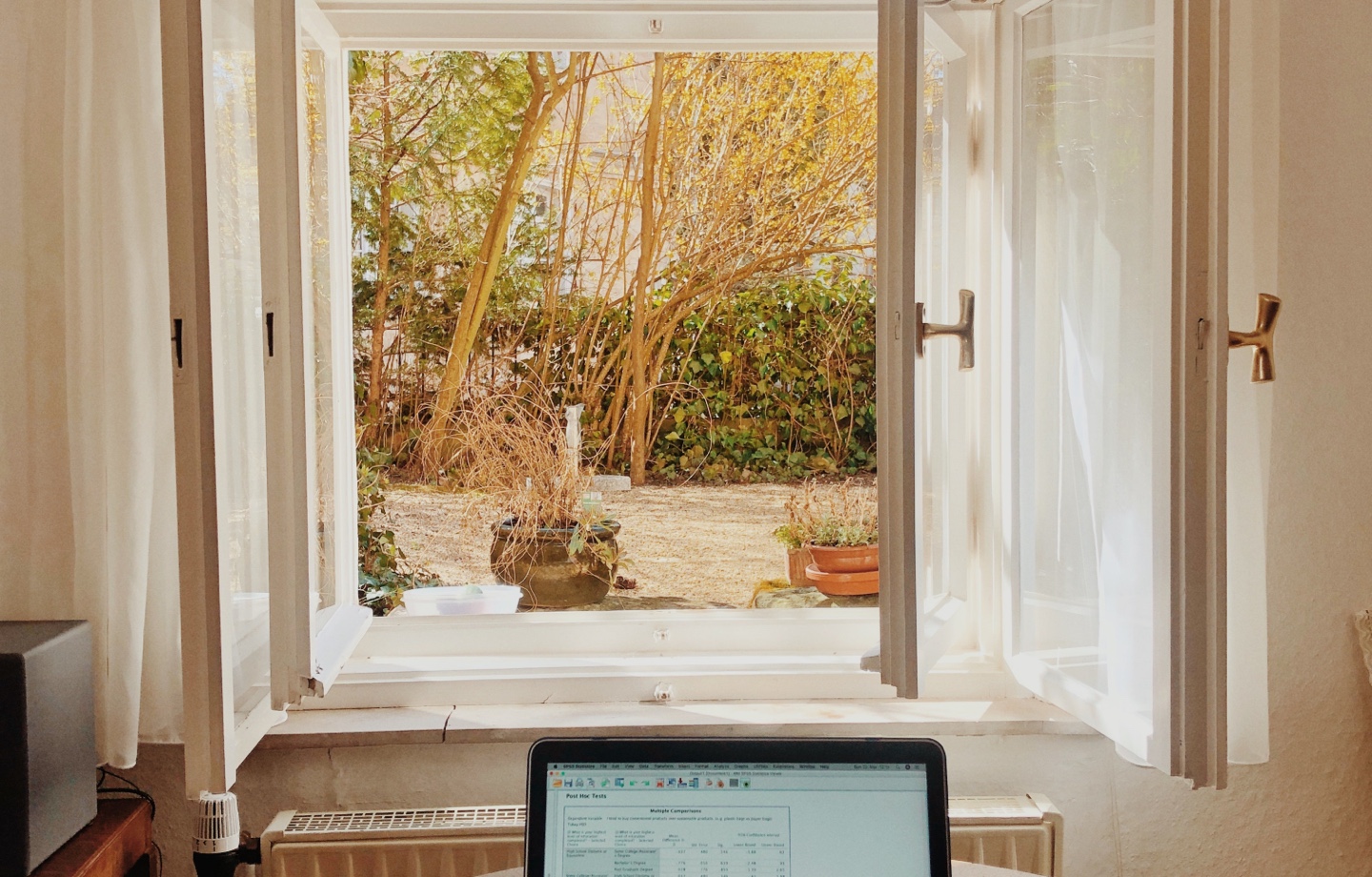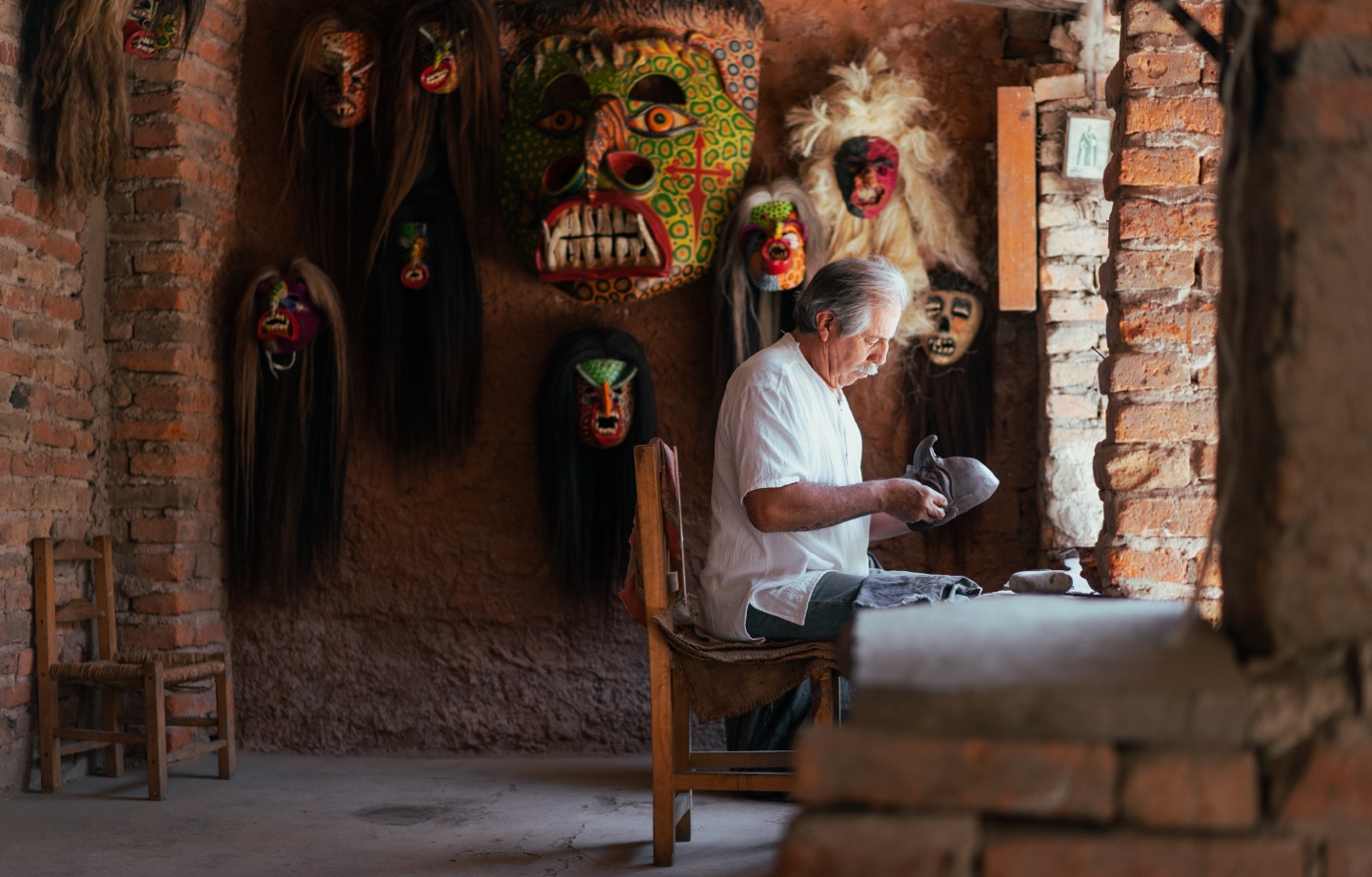Leave the place you’re visiting better than you found it. Here’s how.
Book a trip to a popular vacation destination like Portugal, Mexico, Costa Rica, and Puerto Rico and you’ll likely find the place inundated with working travelers — or digital nomads. In 2022, 16.9 million American workers identified themselves as part of this group, representing a staggering 131 percent increase from 2019. It’s not a stretch to understand why.
The pandemic revolutionized the idea of the workplace, ushering in a new age of remote and hybrid jobs. Now, more people than ever can work from anywhere. And if we can work from anywhere — especially with good Wi-Fi — why not travel to locations where you can explore far-flung islands and remote paradises after you’ve logged off?
But the digital nomad movement isn’t all beachfront Zoom meetings and idyllic landscapes. In fact, the number of people choosing to work all over the world is having an outsized negative impact on locals and the environment.
Unlike vacationers who travel to a place for a few days or weeks, digital nomads typically live in one spot for a few months. As a result, developers are moving in — and cashing in. However, as new properties and coworking spaces pop up to serve working travelers, nomad hotspots are becoming unaffordable for locals. For example, earlier this year in Lisbon, residents took to the streets to protest a housing crisis that’s due, in large part, to the influx in digital nomads. Mass development and long-term stays can also cause damage to native ecosystems.
The solution? Regenerative travel. Called “the new frontier” for travel by New York Times, the concept involves being intentional about the choices we make while abroad and doing our best to leave a place better than we found it.
Whether you’re planning to work for a month from Bali or setting up shop in Thailand, start by figuring out what matters to you: The environment? Small businesses? Learning about local culture? Then, optimize your trip to focus on these priorities.
Here’s how to be a mindful digital nomad.

Read more: 7 Sustainable Travel Tips For Conscious Adventurers
Be respectful.
“Traveling is all about experiencing different cultures and customs, appreciating local landmarks, landscapes, and peoples. When we don’t appreciate or respect local customs, the authenticity of a place can begin to erode away,” says Adriana Neptuna, an experienced traveler and author of a popular travel blog called Wanderlicious.
So when you’re staying in someone else’s homeland, listen and learn from community members, respect their way of life even if it’s far different from what you’re accustomed to, and don’t post on social media about how “cheap” a place is. If you’re hiking, backpacking, or exploring, follow the tenets of Leave No Trace and pack out whatever you pack in.
Learn the language and customs.
Before you visit a new place, use a language app or guidebooks to learn basic greetings and phrases. And while you’re there, take note of how those in the community speak to better understand the country and its nuances. This is also a form of respect. Experts also recommend doing enough research to understand the religion and politics of the area. If you’re planning to stay in a location for a while, invest in a local language class.
“As a long-term visitor, you have the unique opportunity to understand the culture, traditions, and lifestyle of the places you visit,” says Andrew Latham, a certified financial planner, remote worker, and the director of content at SuperMoney. “This helps create a sustainable and mutually beneficial relationship with the local community.”
Choose locally-owned lodging.
All-inclusive hotels typically put money in the pockets of a few people, but staying at local establishments helps support many members of the community. So book an eco-lodge, a bed and breakfast, or an airbnb that’s owned by people that live where you’re visiting. If you opt to stay in a hotel, research its sustainable practices to understand how they limit their environmental impact, and whether or not they pay their employees a fair wage. Joining nomad-specific Facebook groups can help you find this information, too.
“There is nothing wrong with staying at a Marriott or Hilton hotel,” says Megan Grant, the founder of Cherish Tours. “But there is one simple choice shift you can make to be a more ethical tourist who is aligned with sustainable travel: Where you choose to stay. Seek out accommodations that are locally owned and hire local members of the community. It’s an easy way to give back to the place you’re traveling to and guarantee that where you’re staying is being respectful of the community and location.”

Read more: How Rewilding Promotes Ethical Eco-Tourism
Hire local guides.
For her part, Grant specifically seeks out women in business in the areas where she runs tours. “It is my belief that by supporting women, there is a ripple effect that happens: By supporting women, in turn they support their communities, give back to others, support their own families, and more,” she says.
If you can’t find a woman-owned tour company, seek out one that is run by those in the community. Asking the front desk person or manager where you are staying is a good place to start as they have insider knowledge about the neighborhoods and under-the-radar spots and usually recommend people they know and trust.
“As a remote worker, one of the greatest ways to embrace and support the local economies and communities you travel to is by immersing yourself in the local life,” adds Latham.
Get familiar with local ecosystems.
New places often have specific — and unique! — ecologies that can be easily damaged if we interfere. It can be exciting to see monkeys, dogs, cats and other wildlife roaming around. But “leave no trace” applies to animals and plants, too. When you’re out exploring, admire the flora and fauna from a distance, resist the urge to pick flowers or other vegetation, and don’t touch or feed local wildlife. When in doubt, follow guidelines set by national parks and authorities.
Give back to the community.
Donate to area nonprofits, participate in community-focused events, and consider how you could reduce your impacts on the area by planting trees or cleaning up the places around you. Since you’ll be staying awhile, pick up the daily newspaper to stay clued into what’s happening around you and for opportunities to join in on conservation efforts.
Practice mindfulness.
Being mindful of your surroundings — especially when adventuring to historical ruins, national parks, or holy sights — can help to preserve spaces that require respect if we want to keep them open. Practicing mindfulness can be as simple as wearing mineral-based reef-safe sunscreen if you’re going swimming so you don’t pollute local waters, never leaving trash or food in the environment, and enjoying wildlife from afar, even if it does look cute enough to pet.
Travel is exciting. The freedom to work from anywhere is invigorating. But if we want to keep our planet healthy, we need to do our part as travelers to keep local communities vistable, too. That means respecting the residents who have lived in these areas long before we got there, and who will live there for long after we leave. It’s our job to ensure that our stays aren’t detrimental to the places other people call home.
“Be a good ambassador for yourself and your own home country,” says Grant. Even if your values don’t align with the country you’re in, “we have a responsibility as travelers to be a good reflection of our own home country and culture.” After all, we’re the guests!

Read more: How to Sleep Better When Traveling
Have feedback on our story? Email [email protected] to let us know what you think!

Shop Pillows
The Essential Organic Pillow Collection
Gentle, breathable, non-toxic support.







